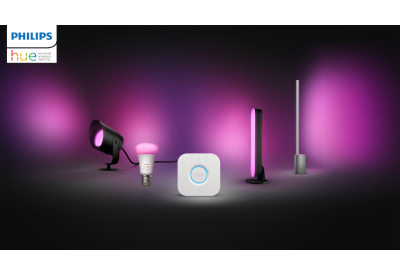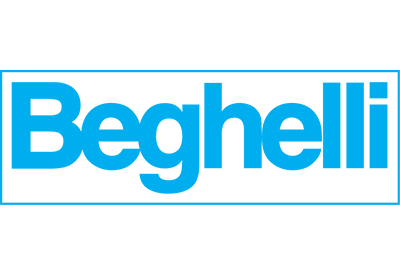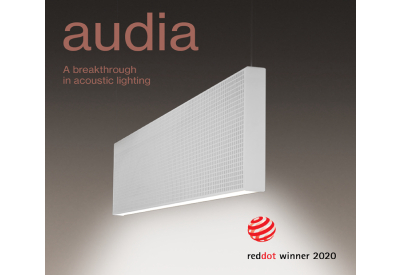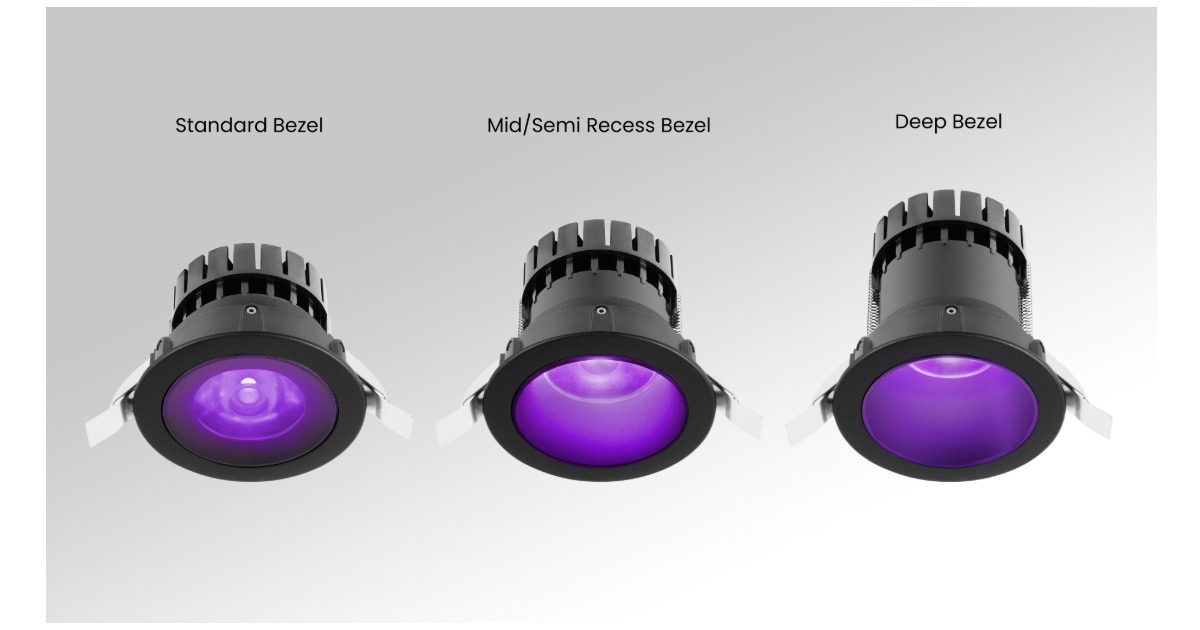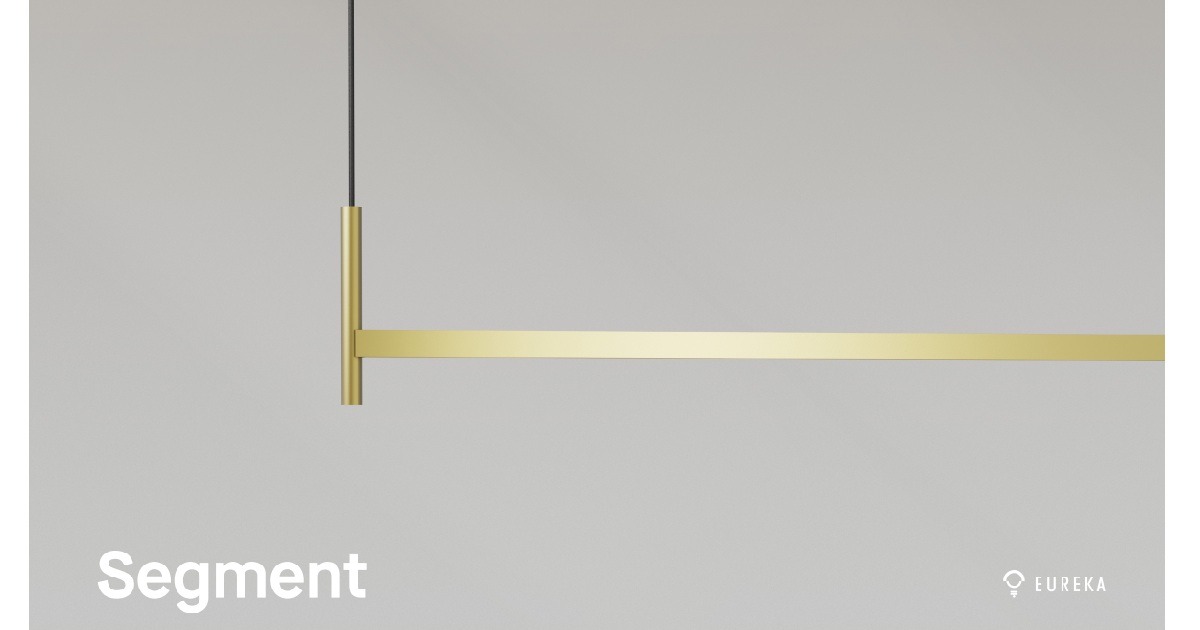IES Publishes Research Report on Roadway LED Luminaire Dirt Depreciation
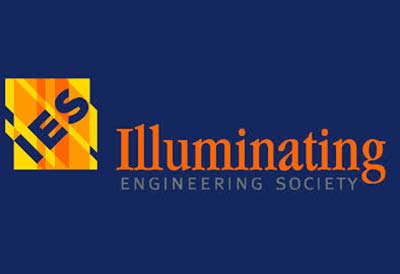
LED luminaires present new challenges for those maintaining outdoor- and roadway-lighting systems. In other luminaire types, maintenance crews often clean the luminaires when they do a bulk or single relamp (Illuminating Engineering Society of Australia and New Zealand (2012)), so the lamp life drives the cleaning schedule. However, LED-based luminaires are being marketed as lasting longer and requiring less maintenance than other luminaire types. As a result, they will be exposed longer to environmental dirt and other contaminants that can adhere to the luminaire and reduce the amount of light that reaches the road. This creates a different maintenance paradigm for LED luminaires, and their potential for dirt depreciation should be carefully investigated. The effect of dirt on luminaire output has long been studied, but past research was conducted on older designs that did not use LEDs. Complicating the problem is that LED luminaires are manufactured in a variety of ways, with different sources, lenses, and ingress protection.
This project sought to quantify luminaire dirt depreciation (LDD) in a number of different types of LED luminaires. This final report discusses project objectives, approach, and methods, presents research results, discusses the results in the context of today’s changing roadway lighting environment, and makes recommendations to stakeholders in roadway lighting regarding LDD for LED luminaires.
Download the report here: http://media.ies.org/docs/research/IES-RES-1-16.pdf

